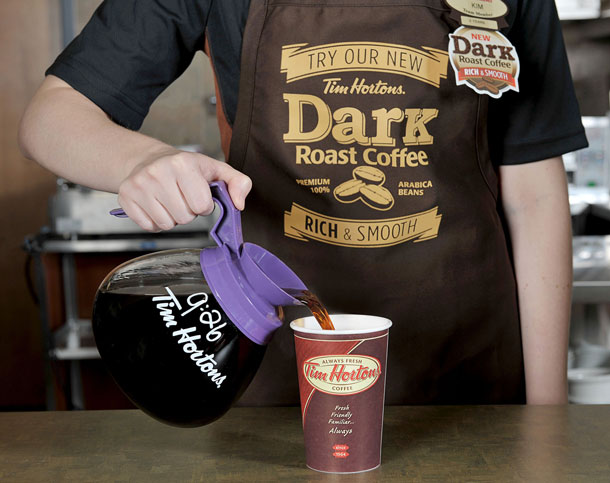
Food and hospitality industry is flourishing
GUELPH, Ont. – LIVING – Canada’s food inflation rate remains at four per cent, yet there are encouraging signs for the consumer.
Statistics Canada’s recent consumer price index numbers, for example, show that the gap between the general inflation rate and food inflation is shrinking – the general inflation rate now stands at two per cent, its highest point in nearly two years.
Also reassuring is that Canadians’ wages are increasing, at a rate of 2.8 per cent. That means an increased number of Canadian families can cope with higher food prices.
In addition, tumbling prices at the gas pumps help consumers deal with higher food prices. Since July 2015, gas prices have fallen by more than 24 per cent in many regions of the country. Over the past six months, a family with one vehicle could have saved more than $300 on gas. Those savings would at least double for families with two cars. And that doesn’t include gains from lower heating costs.
During the same period, the average family would have paid about $170 more for food, compared to last year. So the current fuel-and-food expenditure ratio helps the average family.
But what are families doing with the balance of their energy savings?
Recent consumer surveys suggest that Canadians will use their savings to renovate their homes, take well-deserved vacations or even save for retirement.
But the latest credit card data hint at something else. U.S. reports suggest that many families have increased their spending by going out to restaurants. It is believed that $3 in $10 saved at the pump is spent on out-of-household food consumption. In other words, fuel savings are fueling food consumption outside the home. The same could be happening in Canada, according to market-based data.
So despite higher input costs for restaurant operators, fast food and full-service alike, financial results have been robust, for the most part.
Market research can’t paint a perfectly clear picture based on food purchasing trends. However, money never lies and when food expenditures themselves are examined, some trends tell another story.
Especially noteworthy are recent food retail sales numbers reported by StatsCan. While supermarket and grocery store sales dropped by a whopping 1.7 per cent during the lucrative month of December, sales at speciality and convenience stores were on the rise. The shift towards smaller-scale stores and time-saving food purchasing habits, which has been developing for some time, is being more clearly reflected in the data.
This suggests that an increasing number of Canadian consumers are willing to spend more when shopping for food. Major grocers, reacting to this seismic shift in recent years, have made a series of subtle yet significant strategic changes.
The average consumer’s grocery store visit is five minutes shorter than just two years ago. However, an increasing number of men are now active food shoppers. And 60 per cent of those men want to get their grocery shopping done as quickly as possible. So the number of minutes spent in stores is a metric that can be skewed in several ways.
An increasing number of consumers arrive at the grocery store with a pre-planned strategy: a clear intent to buy or not buy certain products. Smaller outlets and convenient stores certainly appeal to those who are pressed for time and know what they’re looking for.
Recent StatsCan numbers suggest we are witnessing the hyper fragmentation of food supply, driven by increasing demand-based pressures.
The Canadian economy is generating higher wages (with the exception of Alberta), a higher inflation rate and more options for the food shopper. And lower energy costs seem to are providing a boost for the food and hospitality industry. That’s good news for the economy as a whole.
Dr. Sylvain Charlebois is a Professor at the Food Institute at the University of Guelph.
© 2016 Distributed by Troy Media
The views, opinions and positions expressed by all columnists and contributors are the author’s alone.






